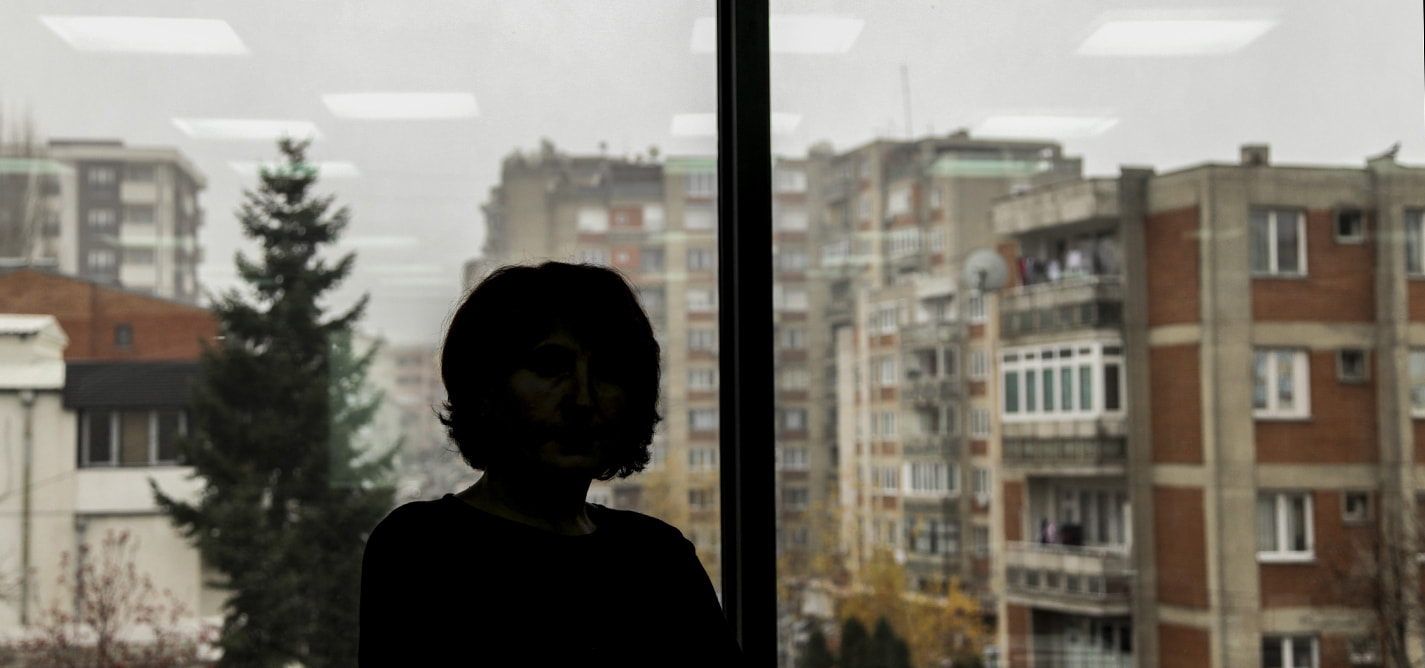
Equal education, only on paper
Kosovar girls not being provided skills for equal labor force participation.
|20.12.2016
|
Fifty percent of students registered at universities in Kosovo are girls.

Leonora Aliu
Leonora Aliu is a former K2.0 journalist (2017-18). She studied journalism at the University of Prishtina.
This story was originally written in Albanian.